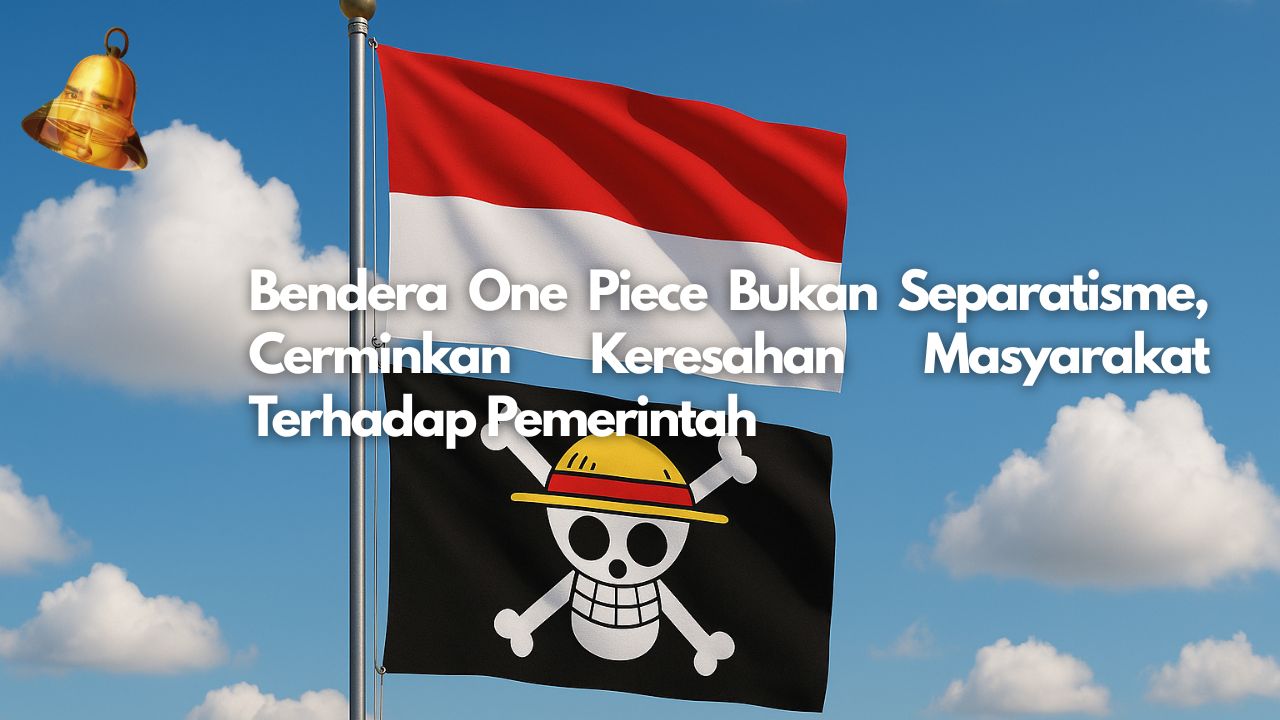The raising of flags bearing the skull and straw hat from the One Piece series has suddenly become popular in various places ahead of the Independence Day celebrations. Initially, this trend stemmed from anime fans looking to add a creative touch to the August 17th celebrations. However, over time, the symbol has come to be seen as more than just a hobby or lifestyle. Many interpret the One Piece flag as an expression of dissatisfaction with social conditions and government policies.
Social media became the primary platform for the spread of this trend. Short videos featuring trucks, food stalls, and even homes flying the One Piece flag garnered thousands to millions of views. While initially benign, a wave of criticism emerged when the symbol became associated with political protests. The push to understand the meaning behind the trend became a hot topic among netizens.
The Meaning of the One Piece Flag Symbol
The One Piece series tells the story of pirates fighting for freedom, friendship, and their greatest dreams. The skull with its distinctive straw hat symbolizes the crew's unyielding spirit and solidarity. For fans, the straw hat symbolizes the hope of freedom from the pressures of everyday life.
When this flag is flown in a state context, many see it as a way to express their aspirations without having to take to the streets. The symbol is considered more appealing to the public than a typical protest banner. It successfully combines pop culture and social criticism in a way that doesn't directly offend anyone.
Interpretation of Freedom and Resistance
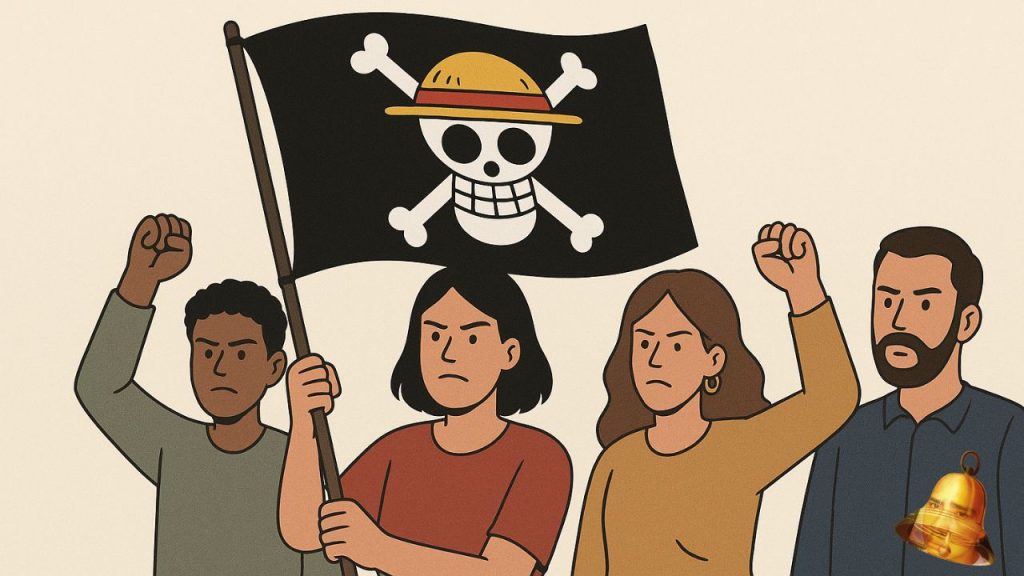
Those who participate in waving the One Piece flag believe that this symbol affirms every citizen's right to complain and demand change. In situations of dissatisfaction with rising prices, public services, or education policies, criticism through this popular flag feels more readily accepted. This symbolic action is considered safe because it doesn't violate national flag-flying regulations, as long as the Red and White flag is flown respectfully.
For the younger generation, using pop culture symbols makes it easier to communicate political messages. Expressions of concern conveyed through visual language are more lighthearted and arouse curiosity. In other words, the One Piece flag is not a call to secession, but rather an invitation to collective improvement.
Official Position of the Government
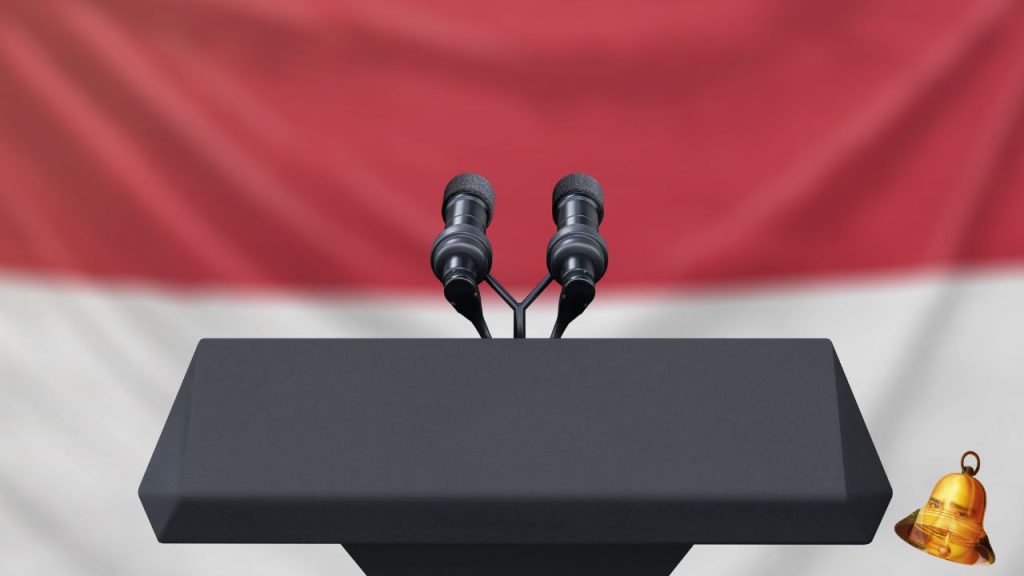
The central government immediately responded to this phenomenon with various statements. Some officials expressed concern about the potential for division if this trend spread unchecked. They emphasized that flying a flag other than the Red and White on Independence Day could be misinterpreted as a separatist stance. The government urged the public to prioritize national symbols.
However, there are also voices calling for calm. Several ministries have opened dialogue with youth communities to understand the motivations behind these actions. They believe that responding to criticism through open discussion is better than simply taking action. This approach aims to calm concerns while preserving freedom of expression.
Criticism and Hope for Democracy
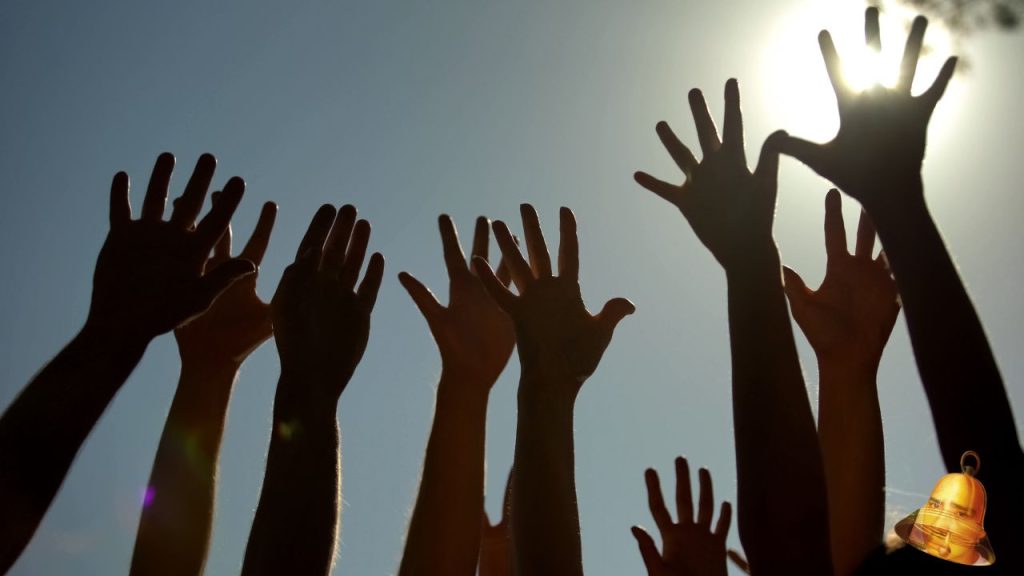
Social experts warn that freedom of expression is a fundamental foundation of democracy. Using popular symbols as a means of criticism can actually enrich citizens' participation. They argue that imposing a ban will push movements underground and make them harder to monitor.
Critics also highlight the need for concrete pro-people policies to address the unrest. If the One Piece flag is understood as a manifestation of anxiety, then the best solution is to listen directly to the public's concerns. Responsive policymaking and community involvement are key to mitigating potential unrest.
By bringing communities into formal dialogue, the government and parliament can explore their true aspirations. These discussions go beyond the flag to address improvements in public services, job opportunities, and welfare. Open dialogue also fosters a sense of belonging between citizens and the state, thereby maintaining a spirit of unity.
Implications for Democracy
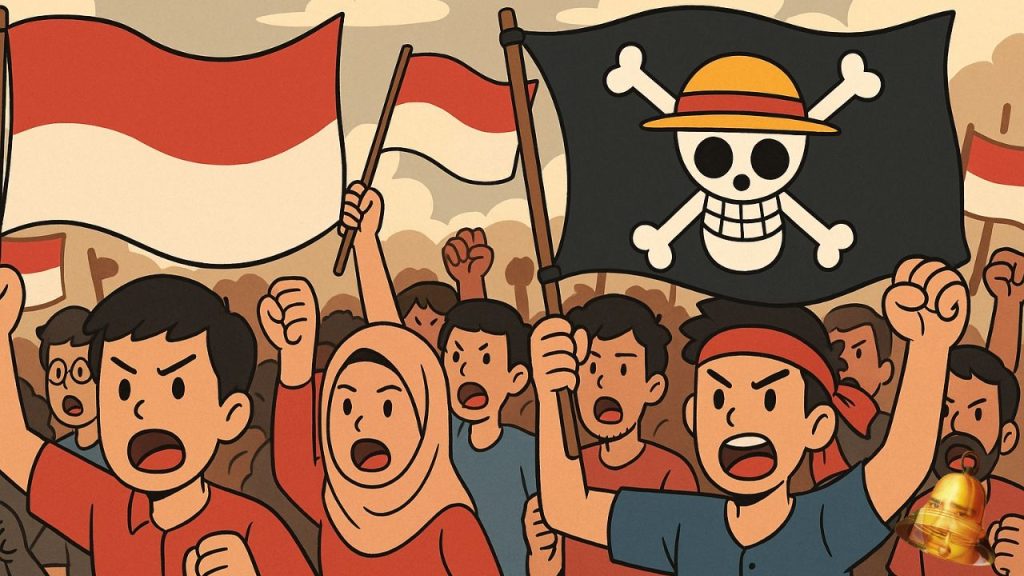
The One Piece flag phenomenon demonstrates that popular art can be an effective tool for political communication. Mass culture such as film, music, and anime can bridge communication between generations. It makes it easier for people to understand social criticism without the burden of formal language or direct confrontation.
Social media acts as a catalyst for the spread of this trend. The speed of information and its viral nature make pop culture symbols easily adopted by thousands of people. The challenge ahead is ensuring netizens can distinguish between constructive criticism and divisive hoaxes.
Sign of Political Maturity
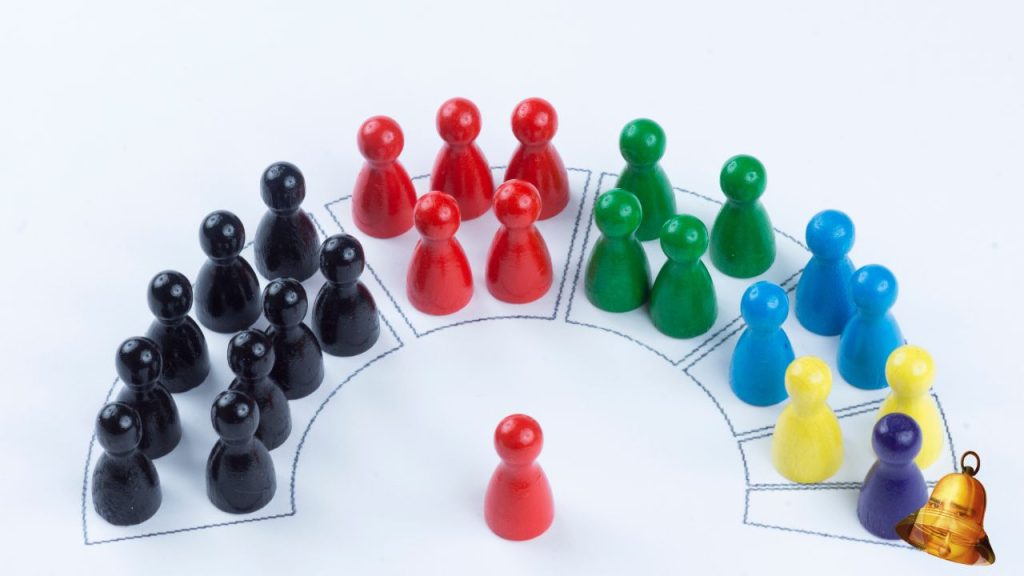
The government and public's readiness to respond to this symbolic action without violence marks the maturity of democracy. Tolerance for creative expression, provided it does not violate legal provisions, is crucial. The more space citizens have for expression, the more public trust in state institutions will be maintained.
Conclusion
The raising of the One Piece flag is not a separatist movement, but rather a symbol of public unrest over government policies. Through popular media, citizens are expressing their desire for improvement without resorting to physical clashes. The government is expected to respond with open dialogue and pro-people policies to maintain trust. Thus, independence is not merely a ceremony, but a moment to strengthen unity and build a shared future.


